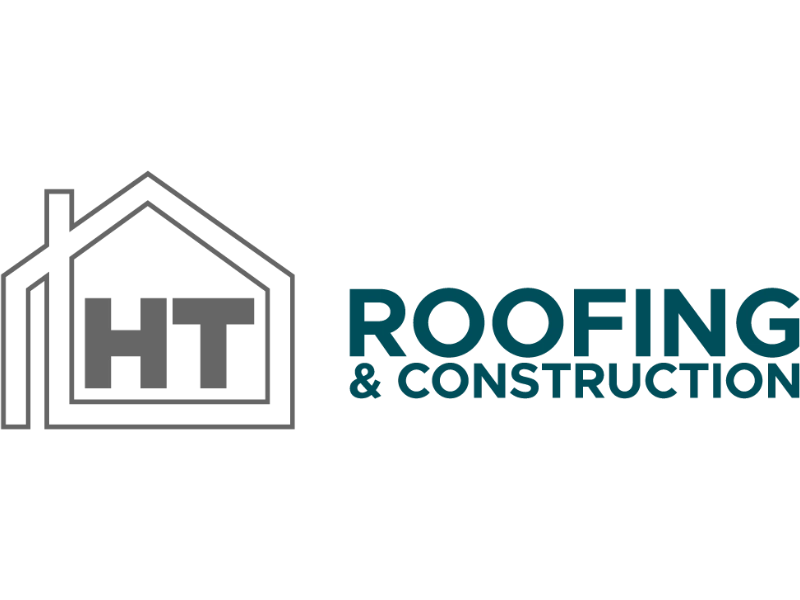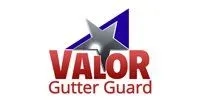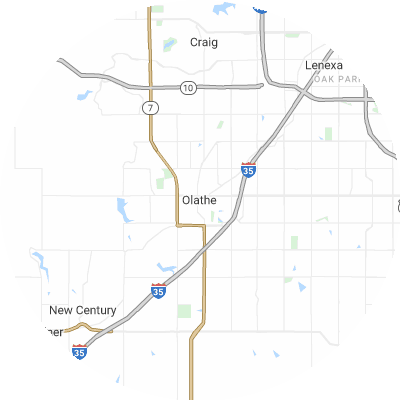Signs You May Need Gutter Guards
While gutter guards aren't always necessary, indicators of obstructed gutters are clear. Some indicators of persistent gutter problems include:
- Mold growth, peeling exterior paint, or interior water stains on walls near gutters.
- Soggy ground or visible erosion around your home's foundation
- Frequent clogs that lead to overflow and water spilling over gutters
- Visibly damaged, sagging, or misaligned gutters that no longer direct rainwater correctly
- Leaky seams or joints where water leaks from the gutters
How To Choose a Gutter Guard Installer
Assess Their Experience
Providers with extensive gutter guard installation experience that have worked with a wide variety of styles and models will know how to take accurate measurements and fit guards to your home’s unique dimensions. Reach out to these providers to get details regarding their experience and ask for local references.
Verify Proper Licensing and Insurance
Check that the companies you're considering have valid licenses, bonds, workers compensation coverage, and general liability insurance. This safeguards you in case of any incidents that could arise. Ask potential providers for current licensing and insurance papers.
Choose Reputable Brands
Look for companies that carry tenured and trustworthy gutter guard brands like Gutter Helmet and LeafFilter. Avoid companies that offer only their own off-brands or generic no-name guards, which may not have gone through the same level of rigorous testing.
Seek Custom Fit Services
Your guards should be measured and trimmed on-site to match your gutters. Select a company that custom measures and trims guards for your house rather than using one-size-fits-all guards. Guards fitted for your home leave no gaps for debris accumulation.
Examine Warranties
Top gutter guard companies are typically backed by 20-year or lifetime warranties covering clogs, leaks, rust, and other defects. Before choosing a provider, look into its warranty terms on workmanship and materials guarantees. Warranties are the most effective way to protect your gutter investment.
Check Reviews and Referrals
It's a good idea to research online reviews on sites such as the Better Business Bureau (BBB), Yelp, or Google Reviews to hear more about customer experiences. You can also ask neighbors to suggest quality local gutter guard companies. When researching providers, you should opt for companies with consistently positive or good feedback instead of just one or two reviews.
Types of Gutter Guards
The six primary gutter guard types include the following:
- Foam guards consist of pieces of foam that sit in your gutters to stop debris. They're light and easy to install. On average, you can expect to pay $2.47 per linear foot for foam guards.
- Brush guards are precisely what they sound like: large brush bristles that sit in your gutters to let water through while blocking debris. On average, you can expect to pay $4.05 per linear foot for brush guards.
- Screen guards have large holes that allow water to pass through while keeping out debris. On average, you can expect to pay $4.47 per linear foot for screen guards.
- Mesh guards stop debris but allow water to flow through. Mesh guards have even smaller holes than screen guards. They're durable and allow debris to slide off rather than sitting on top of the gutters. On average, you can expect to spend $4.20 per linear foot for mesh guards.
- Micro-mesh guards are typically the most effective. They have smaller holes than standard mesh guards and allow even less debris through. Micro-mesh guards cost around $5.27 per linear foot.
- Surface tension guards, also called reverse curve guards, use surface tension to encourage water to flow into gutters while debris slides off. Generally, they can be seen from the ground. On average, you can expect to pay $3.28 per linear foot for surface tension guards.













